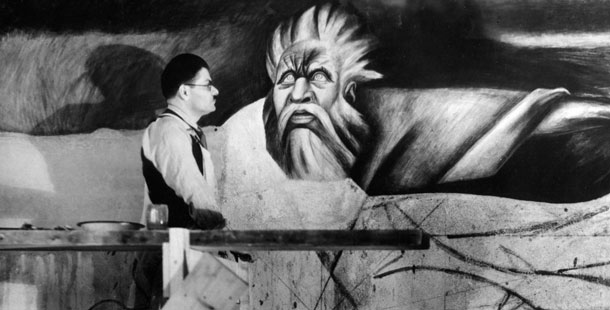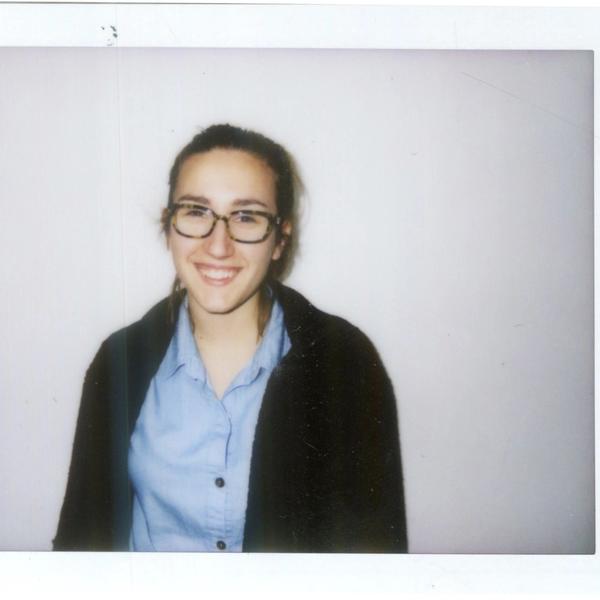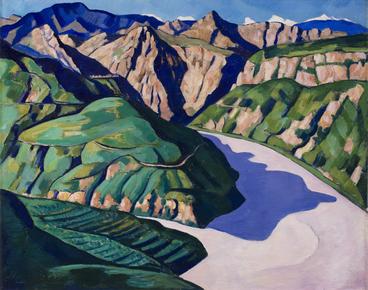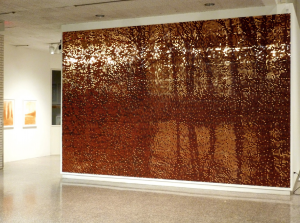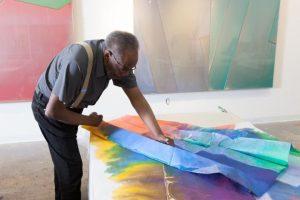José Clemente Orozco was a Mexican painter known for his political frescoes that, together with Diego Rivera and David Alfaro Siqueiros, launched the Mexican Mural Renaissance.
Known as the most important 20th century artist to work in fresco, Jose Clemente Orozco was born in Mexico in 1883. His interest in art began at the age of 7, when he would pass the Mexico City workshop of José Guadalupe Posada on his way to and from school each day. Captivated by Posada’s sensational illustrations, Orozco began attending night classes at the Academy of San Carlos.

In 1905, Orozco lost his hand in a laboratory explosion leaving him unable to continue with the architectural studies he had pursued. It was after this tragedy, at the age of 17, that he committed his life to being a painter.
In 1914, civil war broke out in Mexico. Orozco declared his support for General Venustiano Carranza and went to work as a satirical illustrator for the revolutionary paper La Vanguardia. The horrors of war he witnessed during this period played a critical role in his development as an confrontational and controversial political artist.
After the revolution, Orozco was granted with a sponsorship by President Álvaro Obregón and a commission to paint murals on the walls of the National Preparatory School in Mexico City, alongside Diego Rivera and David Alfaro Siqueiros. The paintings the three artists created at this time are viewed as the inception of the Mexican Muralist movement.
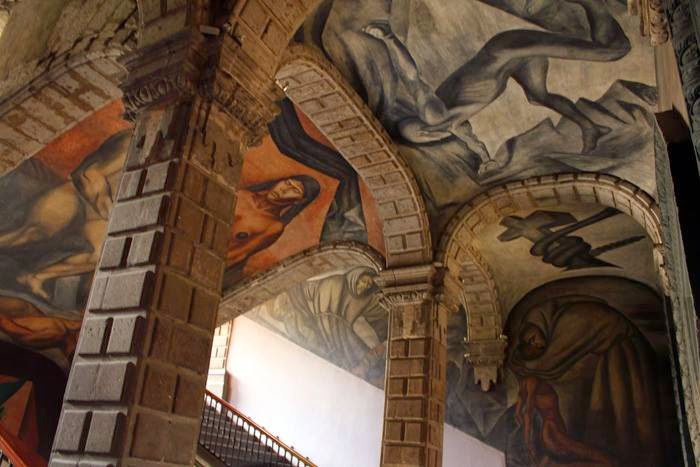
When government support was withdrawn in 1927, Orozco began working independently as a muralist. He moved briefly to the United States where he painted murals at Pomona College in California, the New School in New York, and Dartmouth in New Hampshire. In Mexico, his murals filled empty walls at the University of Guadalajara, the Governor’s Palace, and the chapel of Cabañas Hospice.
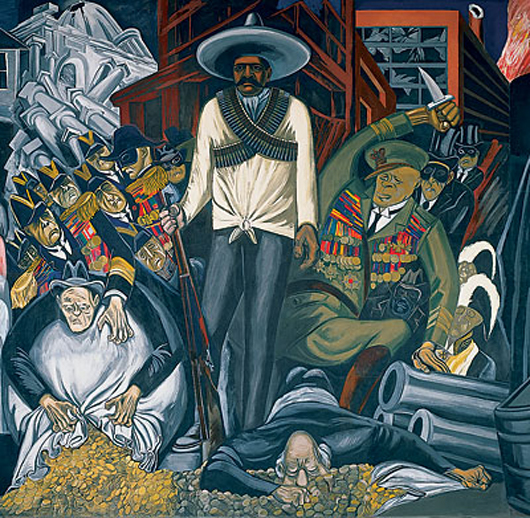
His work centered around themes of human tragedy and the plights of the lower class. These murals, along with the countless works he created on canvas and paper, challenged preconceptions and stereotypes about Mexican Art in the United States and Europe.
Orozco was an early pioneer of the public arts throughout the 1930’s and 40’s and his work inspired the coming generations of Mexican, African-American, and Chicano artists to turn to public art as a way to raise their communities.
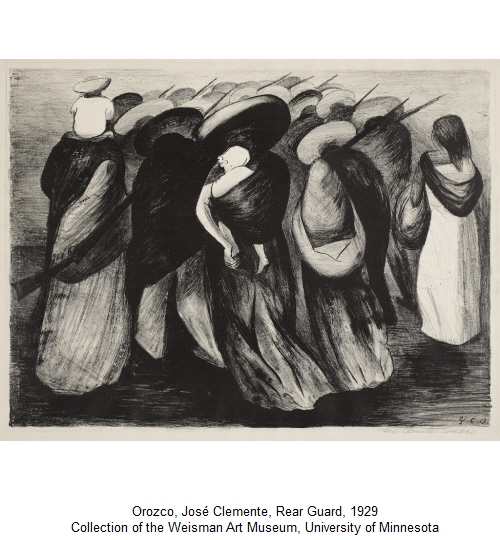
The Weisman Art Museum’s collection contains a print by Orozco entitled The Rear Guard (Retaguardia), 1929. The lithograph print depicts a group of Mestizos who have banded together to partake in the revolution.
